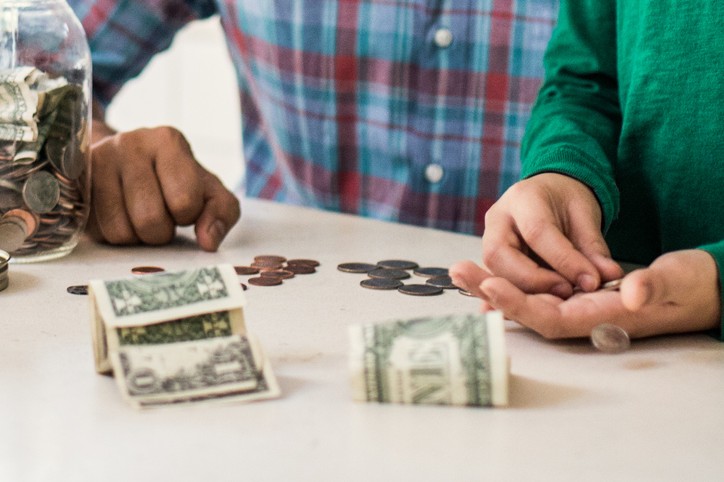When a four-year-old knows to ask Grandpa for a toy because “it’s not a lot of money for him,” it illustrates how important it is to teach your kids about money early on, probably earlier than you think.
“Parents should start speaking with their kids about money at the same time their kids learn to count, which is often at the pre-school age,” says Calvin Harris Jr., CPA and the senior vice president and chief financial officer at National Urban League. “Learning about money can match kids learning to count to ten and can naturally expand as their kids learn arithmetic and more math as they grow. Make financial literacy, and learning about money, part of their growth as they better understand numbers.”
Talking about money shouldn’t be a one-time chat.
“Talking about money should be a conversation that starts with the basics of counting to ten and becomes more comprehensive over time,” says Harris who outlines a few strategies below:
• Counting: “Use real money (coins or bills can work) as your preschooler learns to count to ten. Learning to count is how so many kids first are exposed to math and using money with your kids is a great way to combine counting and learning about math.”
• Spend “hard money” at the store: “Additionally, be sure to use “hard money” in the form of bills and coins at the store with your kids, instead of a credit card or cellphone. That helps them see how the money they used to count can also be used to purchase things.”
• Arithmetic: “As kids go from counting to arithmetic, incorporate addition, subtraction, multiplication, and division into what they learn about money. This is one of the foundations of financial literacy and learning about money should be incorporated at the same time your kids learn their math.”

• Start small and with an allowance: “One of the best ways for kids to learn about money, is to have their own money to manage. If possible, provide your kids with a small allowance to cover small treats you would typically buy for them. To help show them how critical money choices can be, make it clear that it is up to them whether they have the treat or not, and that you won’t be buying for them.”
• Technology and cards: “For many of us, spending money rare includes paper money or coins. And many games and media directed towards kids have ‘in game purchase’ that can quickly add up. So, it is critical to incorporate technology into financial literacy, showing your kids the varied ways that money can be received and spent.”
• Be a good example: “Most critically, financial literacy starts with the example you provide. No matter how well you follow the other tips above, your words to your kids will be undermined if you don’t set a good money management example for them. Make sure your money management lessons for your kids are consistent with your own actions.”
When did you teach your kids about money?








